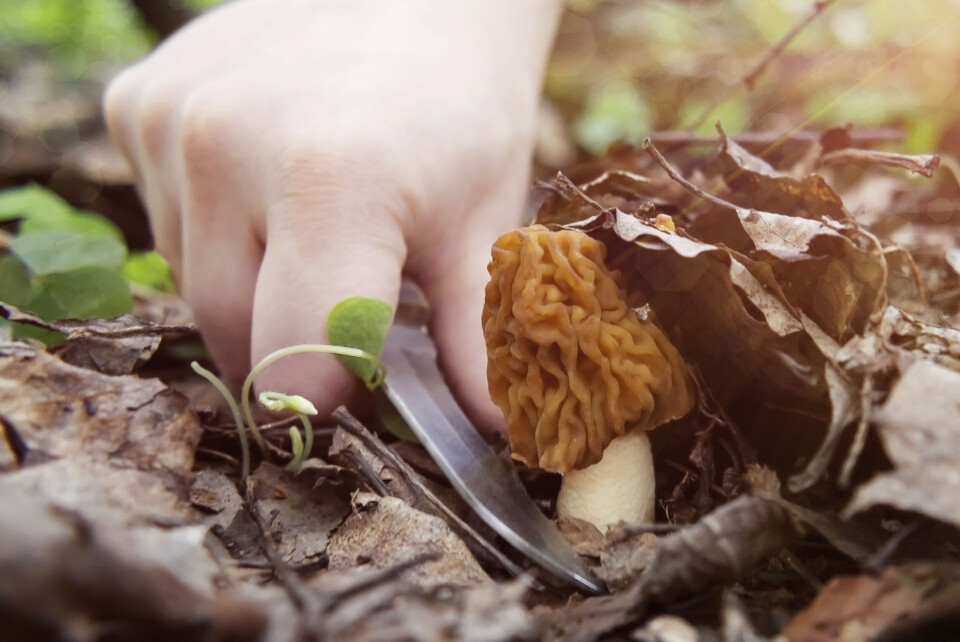-
Ryanair UK routes return to Bergerac for summer 2026
Dozens of flights to Dordogne airport offered by low-cost carrier in summer season
-
Photos: fresh snow boosts French ski resorts
More snow is expected in the Alps and Pyrénées this weekend, ahead of the popular Christmas season
-
French mayor fines engine idling motorists: What does the law say?
Is it illegal to keep your motor running when stopped in France?
Toxic mushroom linked to high rates of nerve disease in south France
Researchers have found that the ‘false morel’ is linked to diagnoses of Charcot-Marie-Tooth disease in Savoie at more than 20 times higher than the national average

A toxic mushroom has been discovered as the reason why the department of Savoie has 20 times the national average of people afflicted by Charcot-Marie-Tooth, a condition that can cause paralysis and death.
After 10 years of study, researchers discovered a link between people who had been diagnosed with the condition (CMT) and those who had eaten a toxic mushroom known as ‘false morel’.
In France, 7,000 people have CMT, but 14 people have been diagnosed with it in the La Plagne-Tarentaise area in Savoie, Auvergne-Rhône-Alpes, in the past 22 years; a level 20 times higher than the national average.
CMT causes progressive damage to the peripheral nerves (those found outside the main nervous system of the brain and spinal cord). It can cause muscle weakness in the limbs and in bad cases can even lead to paralysis and death.
The French rapper Pone, who recently created the music for the Toyko Paralympics closing ceremony using only his eyes, has the condition and is tetraplegic as a result.
Now, researchers have discovered that the poisonous mushroom is linked to people in Savoie developing the condition. All those who had been diagnosed had also eaten the fungi.
Warning for mushroom foragers in France
Easy to confuse with a normal, edible morel, the mushroom was actually considered to be safe to eat until 1992, before being classified as toxic. This likely explains why there was a rise in cases of CMT being diagnosed between 1991 and 2013.
Mushroom foragers are warned to be extremely careful when picking and eating any wild fungi, including those that look like morels, said La Direction générale de la santé (DGS) and food safety agency the Agence nationale de sécurité sanitaire de l'alimentation, de l'environnement et du travail (Anses) last week.
It reminded people to always check with a specialist or local pharmacist in case of the slightest doubt of the safety of their crop, and not to rely on smartphone apps to identify varieties.
The warning said: “Some highly toxic mushrooms look very similar to edible varieties. Some poisonous mushrooms can also grow in the same place that you may have picked edible mushrooms in a previous year.”
There have been three deaths and 330 poisonings connected to the eating of toxic mushrooms in France this year, with the foraging season coming early due to weather conditions in recent months.
Related articles
Wild mushrooms in France: Three deaths, 330 poisonings this year
Can French pharmacists advise on edible/poisonous mushrooms?
























